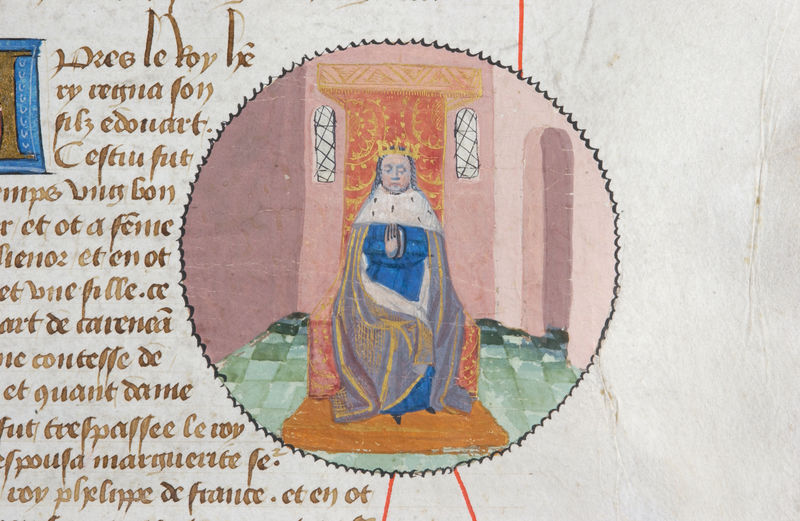How do you map time, is history linear? Through a selection of twenty seven rarely seen books, manuscripts, charts, and other ingenious devices, the exhibition Cartographies of Time explores graphic representations of European and American history and the evolution of the modern timeline, so fundamental to our visual conception of time today, that it is difficult to remember that the linear concept of time was invented at all. Beginning with a medieval parchment scroll listing the kings of France and England, and a Renaissance translation of the Chronicle of Eusebius - the fourth century Christian theologian whose chronological tables of biblical and historical time were among the first printed books – Cartographies of Time follows the comprehensive mapping of western history and its graphic transformations through the printing innovations of the eighteenth century to the elaborate didactic chronologies and educational games of the nineteenth century.
This exhibition celebrates the recent book Cartographies of Time by Daniel Rosenberg, Associate professor of history at the University of Oregon and Anthony T. Grafton, the Henry Putnam University Professor of History at Princeton University, as well as the extensive holdings of the Department of Rare Books and Special Collections, Princeton University Library.
